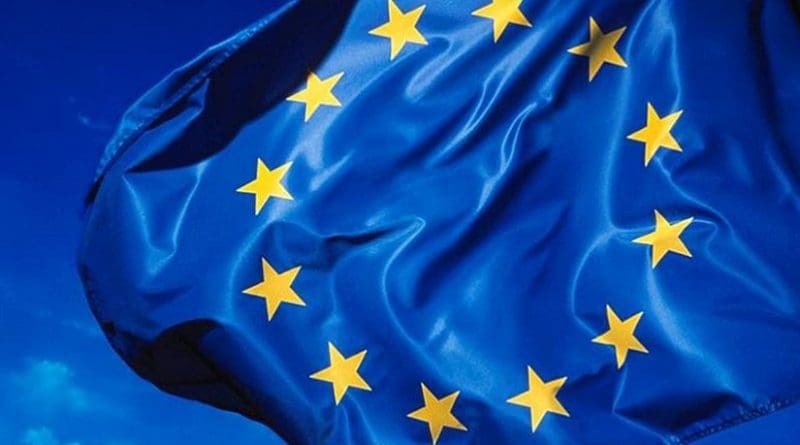EU Commission Welcomes Agreement On Clearer Energy Efficiency Labeling Rules
Negotiators of the European Parliament and the Council agreed Tuesday on a revised energy efficiency label and the relevant regulatory framework. The current A+++ to G labels for products will be replaced by a clear and easier to use A to G labels.
According to the negotiators, this will make energy labels more understandable for consumers and help them make better informed purchasing choices. The measure will be accompanied by the introduction of a public database making it easier for citizens to compare the energy efficiency of household appliances.
Consumer surveys show that about 85% of European citizens look at energy efficiency labels when they purchase products. Having the best performing ones in the A+ to A+++ categories was misleading and hid potential substantial differences in energy performance. Giving consumers more accessible information about the energy consumption of products and appliances will make it easier to identify the most efficient appliances.
According to Vice President for Energy Union Maroš Šefčovič, “Technological innovations allow European citizens to enjoy the most advanced products on the market; it was therefore high time to bring our labelling scale up to date. The new labels will be empowering consumers to take energy efficiency into account when choosing their next electric products.”
In the same vein, Commissioner for Climate Action and Energy, Miguel Arias Cañete, added that, “This deal is good news for Europe’s consumers and businesses, our energy bills and the climate. The revised energy efficiency label – together with ecodesign – can save households close to €500 per year, increase manufacturers and retailers overall revenue by over €65 billion per year and save to the annual energy consumption of Italy and all the Baltic countries combined.”
Main achievements:
- A return to the clearer A to G class label, by removing the cumbersome A+ to A+++ classes from existing energy labels within a well-defined timeframe;
- The introduction of a product registration database to support market surveillance activities by the Member States;
- A public database containing all energy efficiency labels, giving consumers a better tool to compare the energy efficiency of household appliances;
- Future-proofing the legislation by introducing provisions on software updates and smart appliances, and explicitly banning the use of defeat devices.

